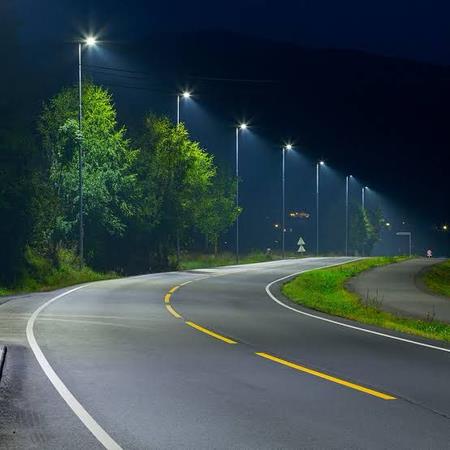
Coimbatore Corporation's Motion Sensor Streetlight Pilot Project To Save Energy
These lights, equipped with solar panels, aim to cut dependence on the electricity board while lowering carbon emissions and eliminating greenhouse gas output.
Under a pilot project, 122 motion sensor streetlights have been set up at five locations, with plans underway to identify sites for an additional 100 units.
Officials believe that scaling up this initiative could significantly reduce the need for new electricity connections, which involve costly deposits, line charges, and monthly bills.
A senior corporation official explained that installing regular streetlights is often a cumbersome and expensive process, while solar-powered motion sensor models require only a one-time investment.
The corporation has chosen auto-dimming technology, where lights operate at 50 per cent brightness and switch to full brightness when motion is detected within four metres of the pole. Other models available in the market include total blackout variants or those activated solely by movement.
The system features an automatic on-off function using either motion or dusk-to-dawn sensors. The dimming capability not only conserves energy but also extends battery life. Each unit comes with a two-year warranty and is designed for durability, though officials note that the solar panels require cleaning every two months and batteries must be replaced every three to five years, depending on usage.
Corporation Commissioner M. Sivaguru Prabakaran acknowledged that dust accumulation on the panels remains a challenge, but stressed that daily cleaning is not necessary.
Currently, there is no centralised monitoring system for these lights. Future plans include installing motion sensor streetlights at 42 overhead water tank locations across newly added municipal areas, where obtaining new power connections would otherwise be required.
An executive from a Kerala-based manufacturer said their models can detect motion up to 10 metres away, even from animals, making them suitable for a range of environments. He noted that commercial establishments, apartment complexes, and educational institutions are increasingly adopting sensor-based street lighting for cost and energy efficiency.
If the pilot proves successful, the corporation expects the technology to become a key part of the city's public lighting strategy, contributing to both environmental sustainability and operational savings.

Legal Disclaimer:
MENAFN provides the
information “as is” without warranty of any kind. We do not accept
any responsibility or liability for the accuracy, content, images,
videos, licenses, completeness, legality, or reliability of the information
contained in this article. If you have any complaints or copyright
issues related to this article, kindly contact the provider above.


















Comments
No comment